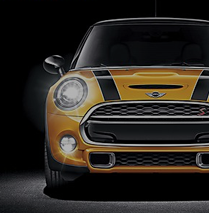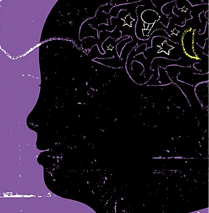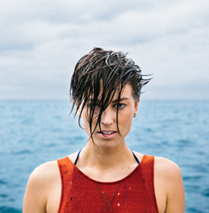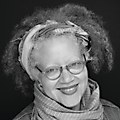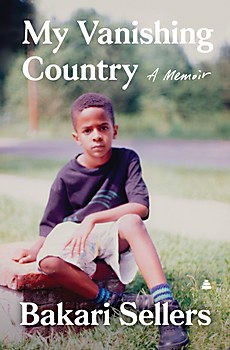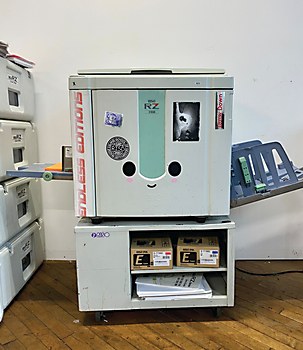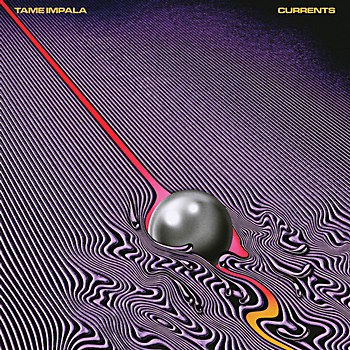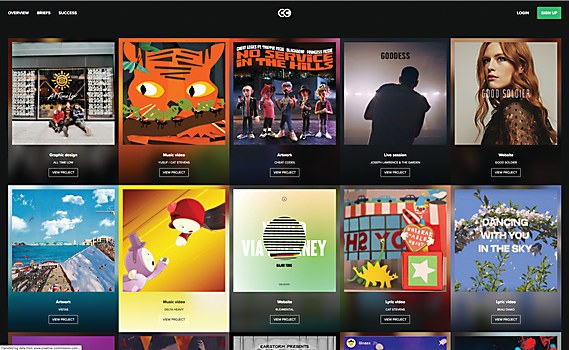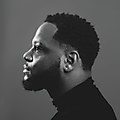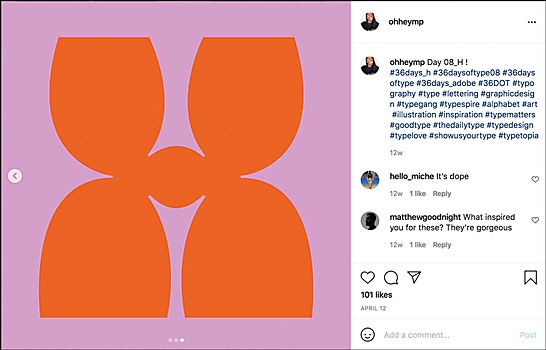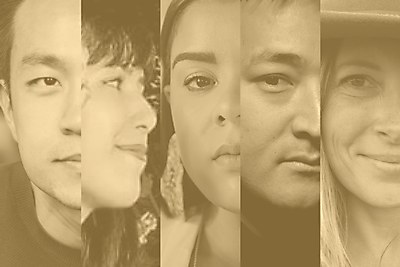Personal library: I love to buy and flip through design books, and I’ll resume the practice for students once we’re together on campus again. Prepandemic sophomores received copies of Graphic Style—which is my favorite concise overview of design history—AIGA Eye on Design, Mid-Century Modern Graphic Design, Thinking with Type and The Graphic Design Idea Book, among others. I love sharing inspiration with my School of Visual Arts coworkers too—we are likeminded creatures, so our shelves are all lined with design and typography books.
Kinetic creativity: Pencils, pens and sketchbooks (or notebooks) are underutilized. I know you can write things down on your phone, but the act of putting pen or pencil to paper is transformative and freeing. Always keep a little Field Notes or Moleskine book in your bag so you’re prepared when inspiration strikes.
Galvanizing reads: I’ve been listening to a lot of audiobooks while driving, many on racism. You’ll Never Believe What Happened to Lacey: Crazy Stories about Racism by Amber Ruffin and Lacey Lamar, This is the Fire by Don Lemon, and My Vanishing Country by Bakari Sellers—all great listens, and spending time in the car with them makes me feel a real (but fake!) closeness with the authors.
Comfortable stockpile: I have more pairs of Allbirds shoes than I’ll need in a lifetime, and a lot of Maharam pillows for a person with one couch and one chair.


